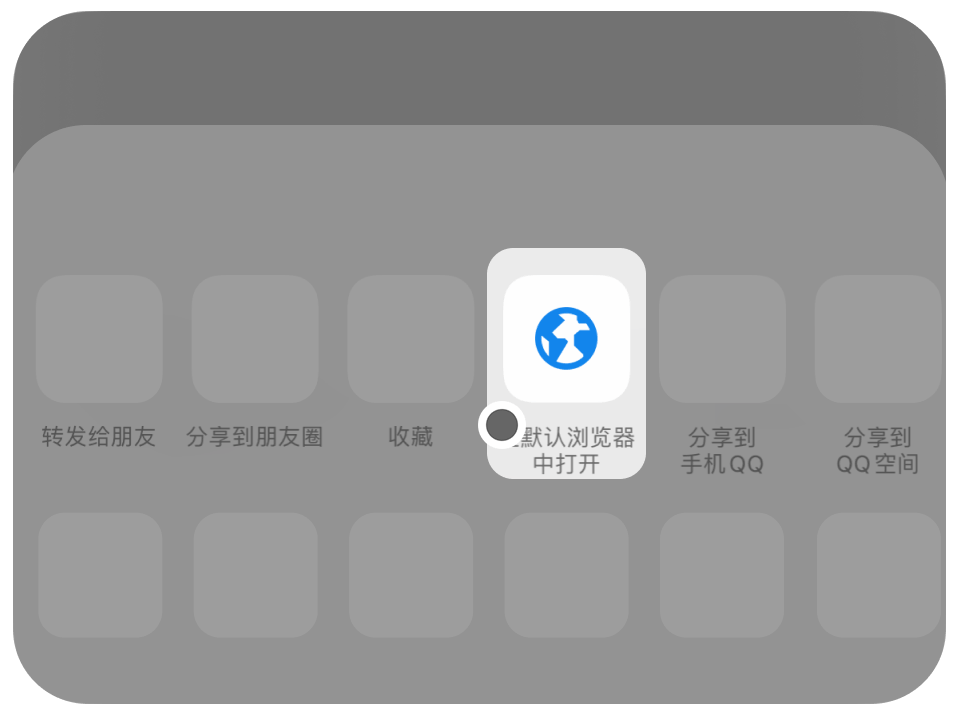明代科技如何消失:刑云路的万有引力也是砸中牛顿神父的苹果?
Here’s a summarized version of the main points from the article you provided:
1. Early Catholic Missions in China:
- Matteo Ricci (利玛窦) arrived in China in 1583 and baptized a dying elderly man at the end of that year.
- In 1584, two Chinese men converted to Catholicism: one from Fujian, named Paul, and another from Zhaoqing, named John.
- Ricci’s missionary work faced challenges, including his adoption of a Buddhist monk identity to reduce suspicion.
2. The Spread of Catholicism:
- Catholicism grew rapidly in China between 1610 and 1650, especially due to the efforts of figures like Xu Guangqi, Li Zhizao, and Yang Tingjun.
- By 1615, there were 5,000 converts, which grew to 15,000 by 1650. The expansion caused significant local unrest, especially from Buddhist communities.
3. Opposition to Catholicism:
- Many officials, particularly from the Buddhist community, were hostile to the spread of Catholicism, criticizing it as heretical and misleading.
- The Ming government issued decrees to suppress the religion, and various scholars and officials wrote works condemning Catholicism.
4. The Role of Key Figures:
- Ricci's successor, the Italian missionary Long Huamin, had differing views on certain Chinese traditions. His approach contrasted with Ricci’s, particularly in terms of rituals and ancestral rites.
- Xu Guangqi and Yang Tingjun played key roles in defending Catholicism, despite official opposition.
5. The Repressive Measures and Persecution:
- The Catholic missionaries faced various legal and social challenges, including being expelled during the reign of Emperor Wanli.
- They later returned and continued their work covertly, often operating from the protection of influential Chinese figures.
- The Catholic community in China faced significant persecution, especially during the Qing dynasty, when missionary activities were tightly controlled.
6. Scientific Contributions and Debates:
- The article also touches on the Jesuits' contributions to Chinese astronomy and the controversy over their scientific work. Despite their claims, the contributions were often contested, with figures like Xu Guangqi pushing back against the Jesuit portrayal of science.
7. Cultural Impact:
- The Jesuit missionaries, especially figures like Matteo Ricci and others, contributed to the cultural and intellectual exchange between China and the West, but their impact was often intertwined with political agendas, resulting in cultural conflicts that persisted for centuries.
This summary captures the key events and figures mentioned in the article, focusing on the spread of Catholicism in China, the opposition it faced, and the long-term impact of the Jesuit missionaries.


